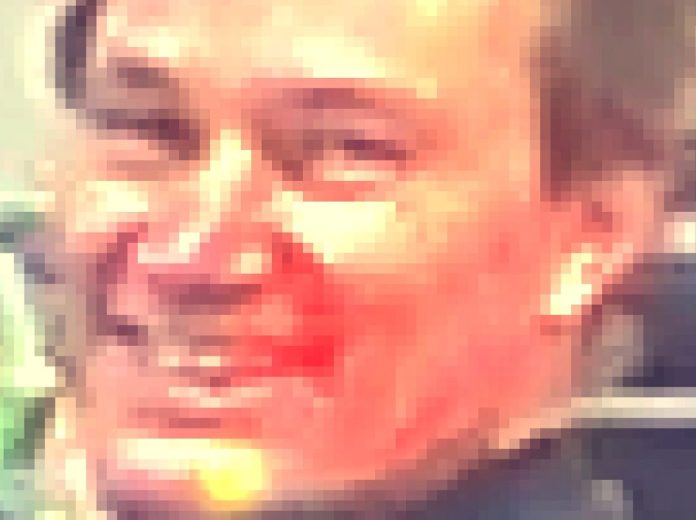We often have snapshots from our CCTV system that are blurry or indistinct in some parts. Would it be beneficial to use editing software to improve image quality? Is it acceptable to use third party photo editing software to improve these images or will they then be inadmissible in court?
A: Generally speaking, images that have been edited would be inadmissible in court as they’ll have broken watermarks but it’s not as straightforward as that. Investigators could use third party software to clean up a copy of a snapshot from an image stream in order to establish an ID of face or license plate and then have experts for the prosecution undergo the process of enhancing the original image before the court in order to secure a conviction. Improving sharpness or increasing contrast is not the same thing as manipulating the context of an image by altering its parts, though it’s certain you’ll breach watermarks by running an image through Corel Smart Photo Fix or Adobe PhotoShop.
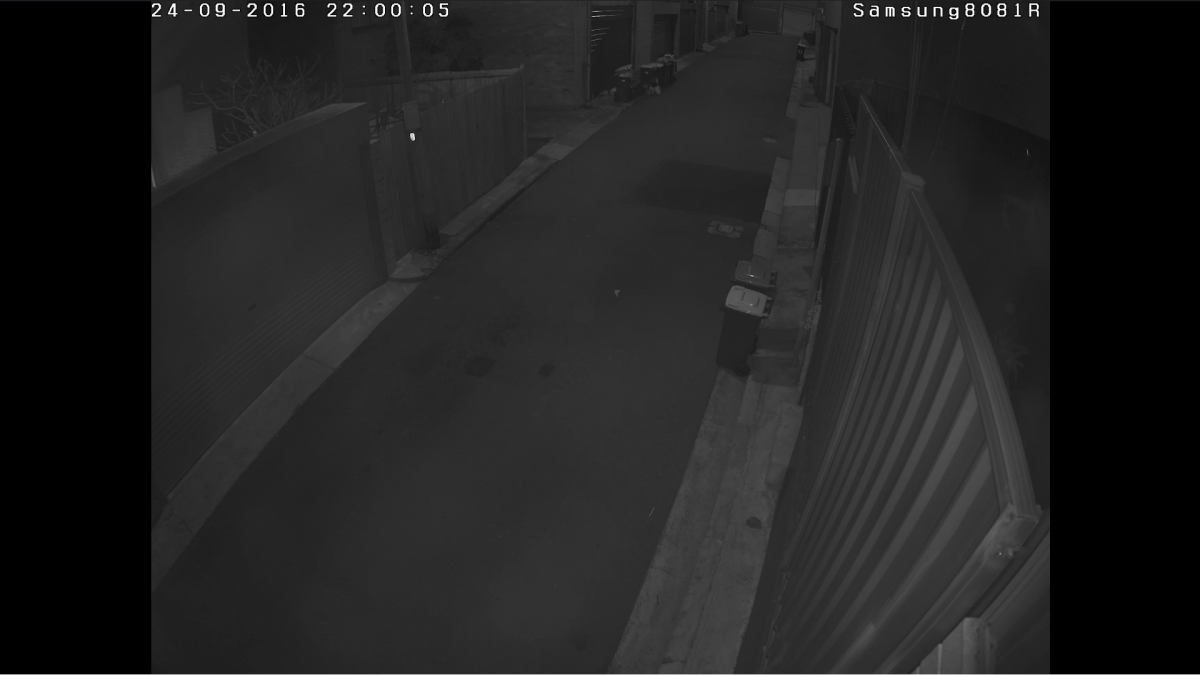

The original snapshot is a gloomy affair – the brightened version has loads more detail…
If you’re investigating an incident and are struggling to get detail from an image, it’s worth playing around in software. And not just when you're in the middle of an investigation – spend time working with software after hours, as well as at work. There’s no doubt that there are images that reveal considerable fine detail from shaded areas when lightened, or from bright areas if you tweak shadow functions to increase contrast. You can also remove distortion, CAs and reduce flare. Will brightening an image increase noise? Sure, but sometimes the trade-off is very well worth it, even if it only allows you to confirm the passage of an offender moving up a dark lane prior to an event.
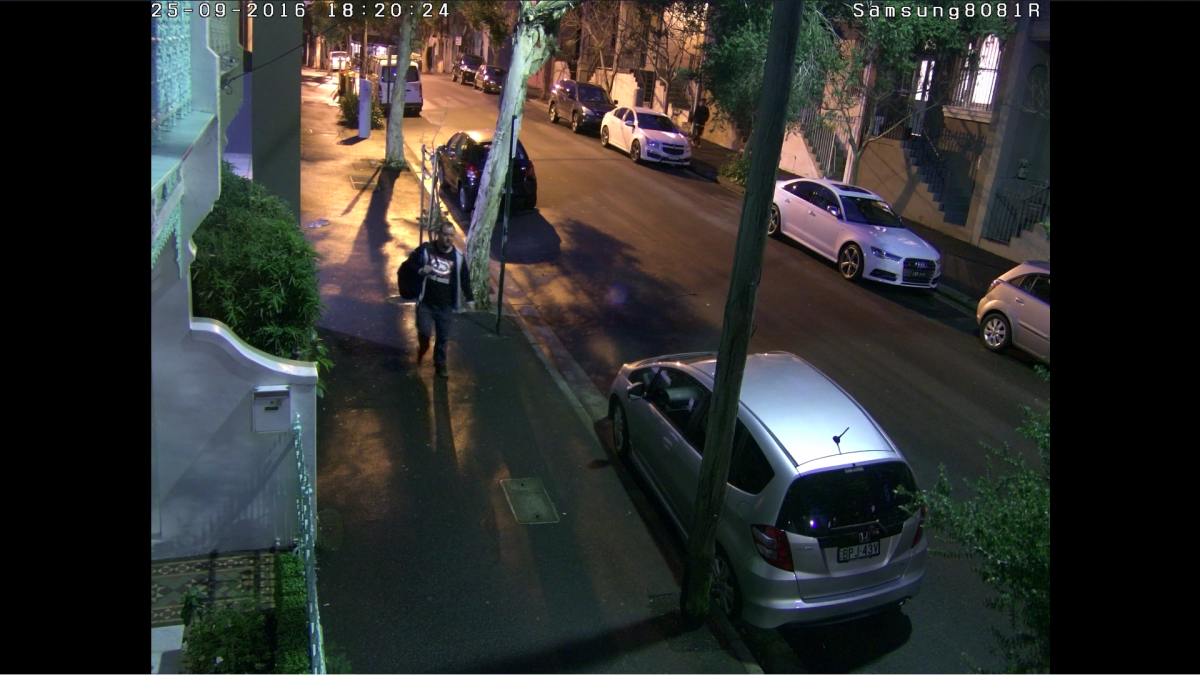
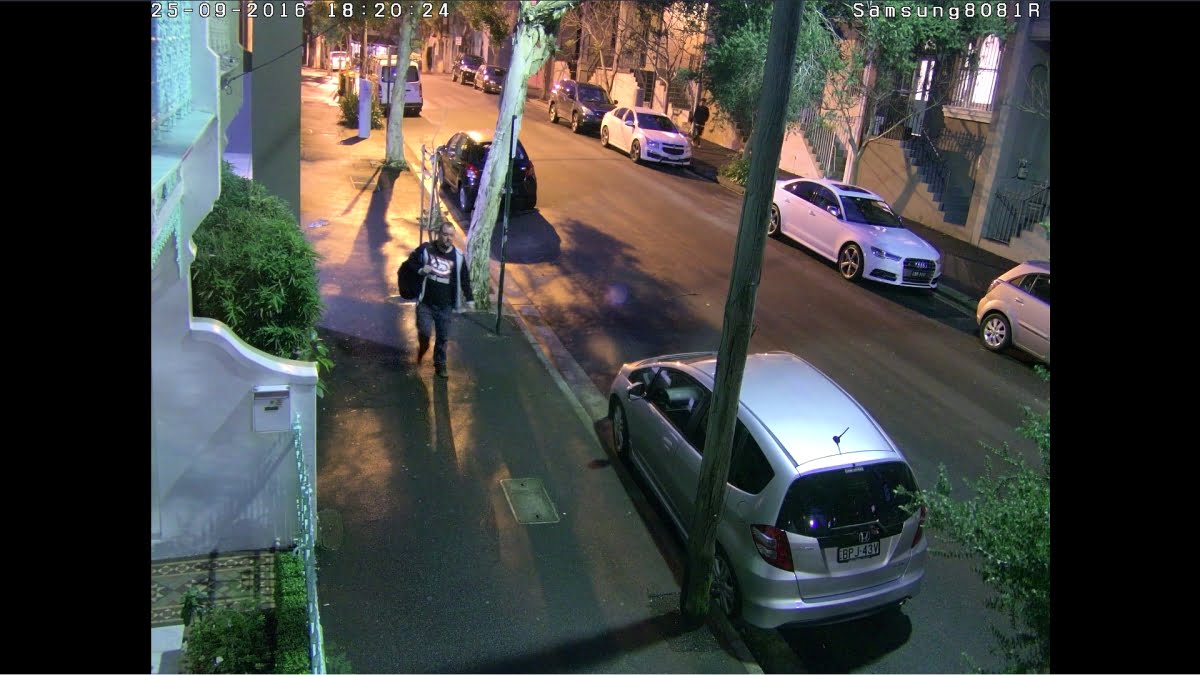
Better face recognition, as well as a clearer plate from a brightening and sharpening exercise even though this Samsung dome is a strong performer in colour with 7 lux at the lens.
Particularly useful with low res digital zooms is high pass sharpen, which can supply salient details that are imperceptible in an unsharpened image. A key aspect of this is that digital zoom on parts of a scene contributes to pixel spread and softness. But using software, these scene fragments can be cropped, resized and then digitally enhanced and sharpened in a way that can be wonderful to behold. Standing about 5m away from the monitor can help, too.
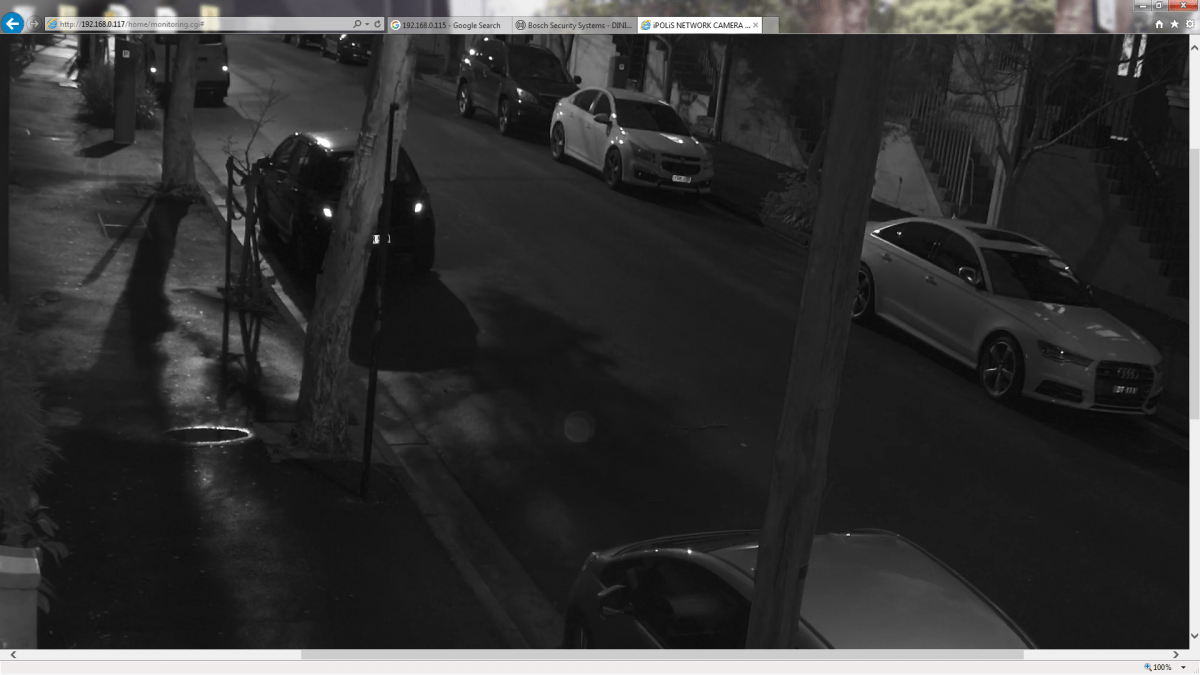
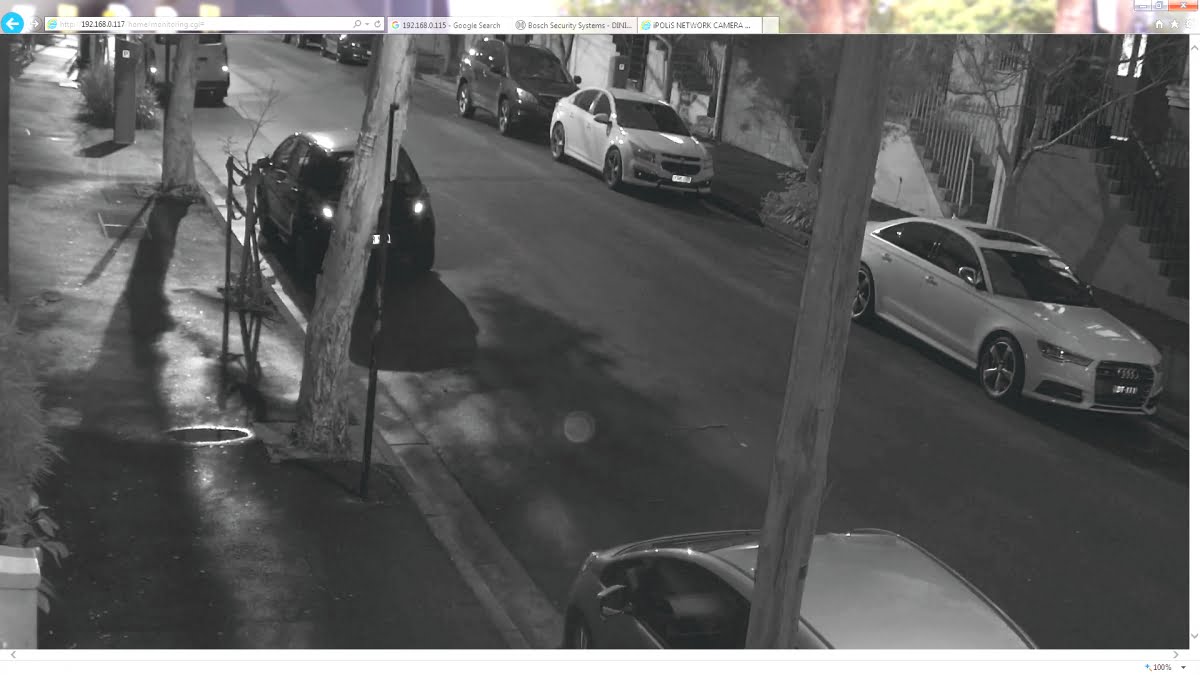
The first image is not giving much away but the brightened version is more revealing.
If you tweak a copy of a snapshot, make sure you detail the process you went through so the process can be undertaken later in court, or in a police interview room with the perpetrator present using the original image. Faced with a snapshot of an identifiable plate or face alongside incriminating video footage showing the entire unaltered incident, it’s more likely than not police will obtain a confession before any court hearing. If you're headed to court, speak with prosecutors about taking on the services of an expert witness. ♦
By John Adams



